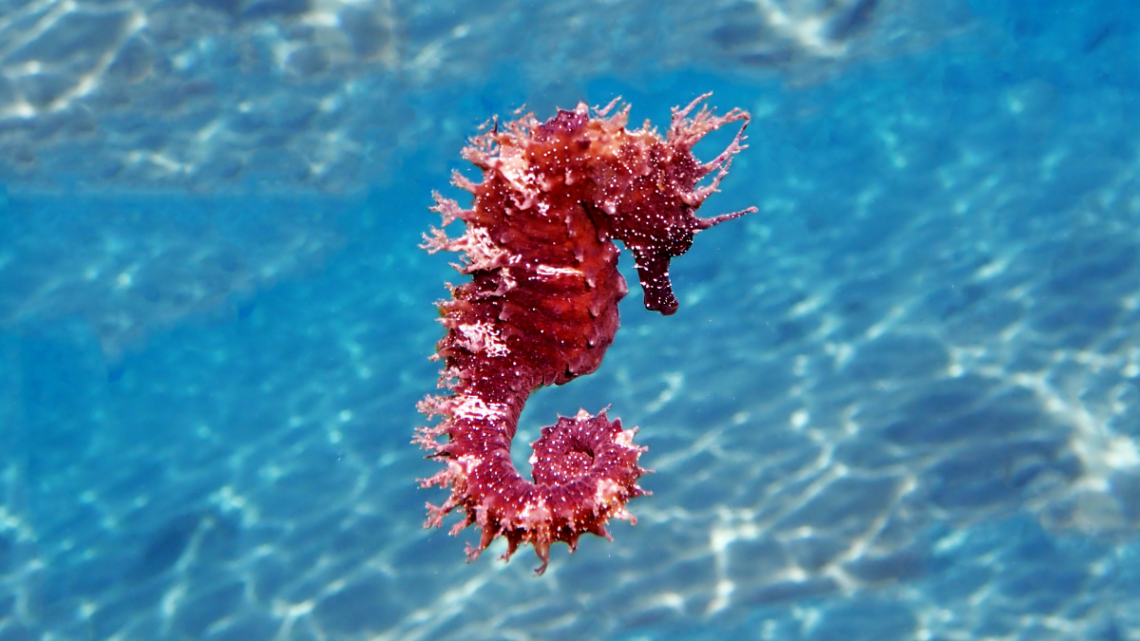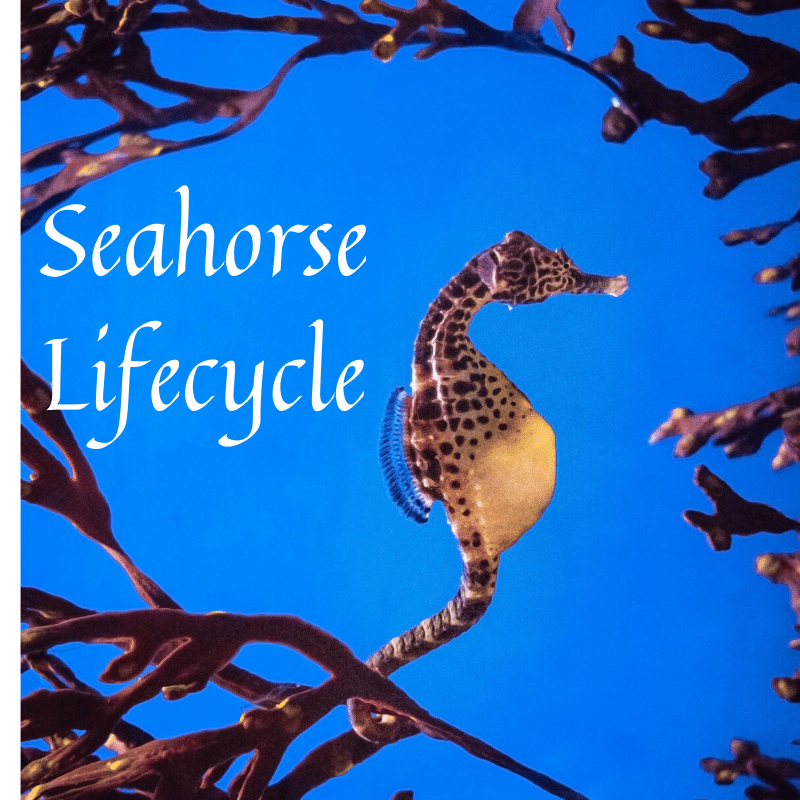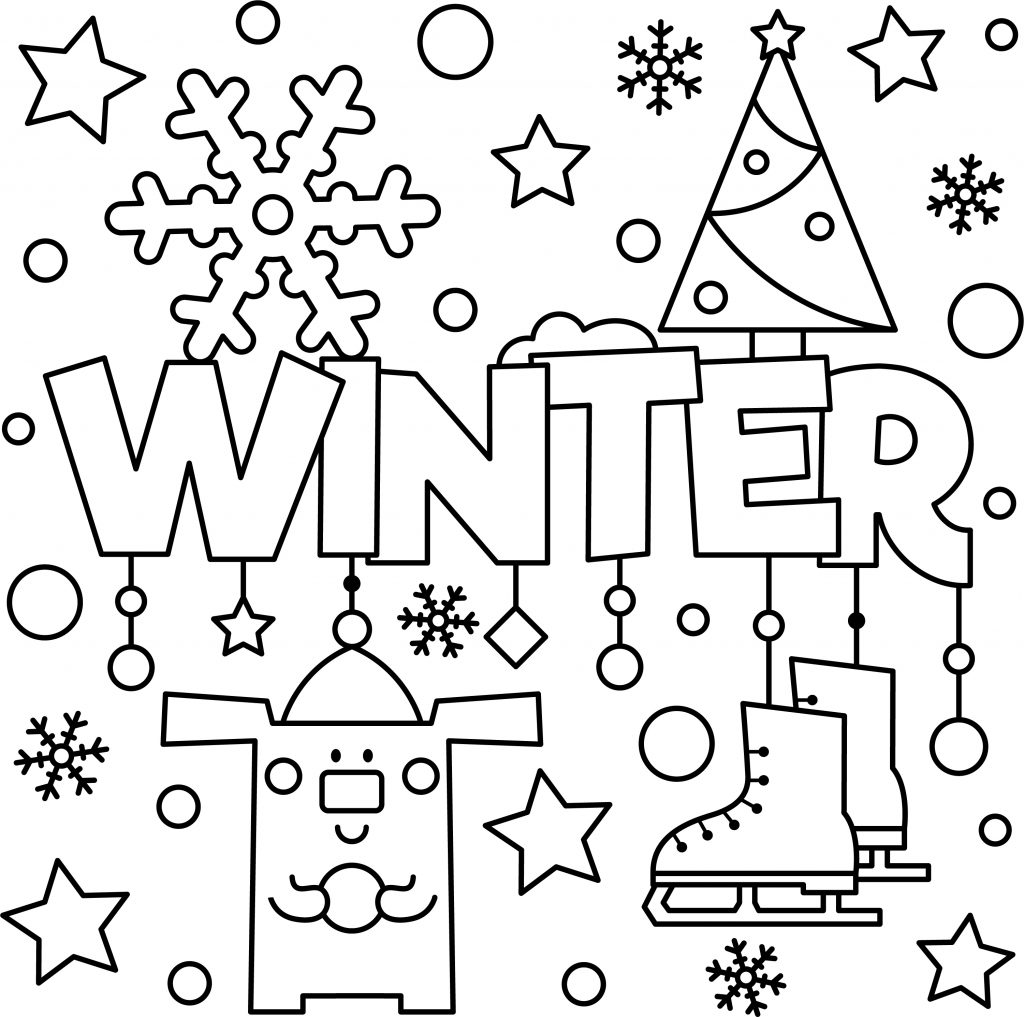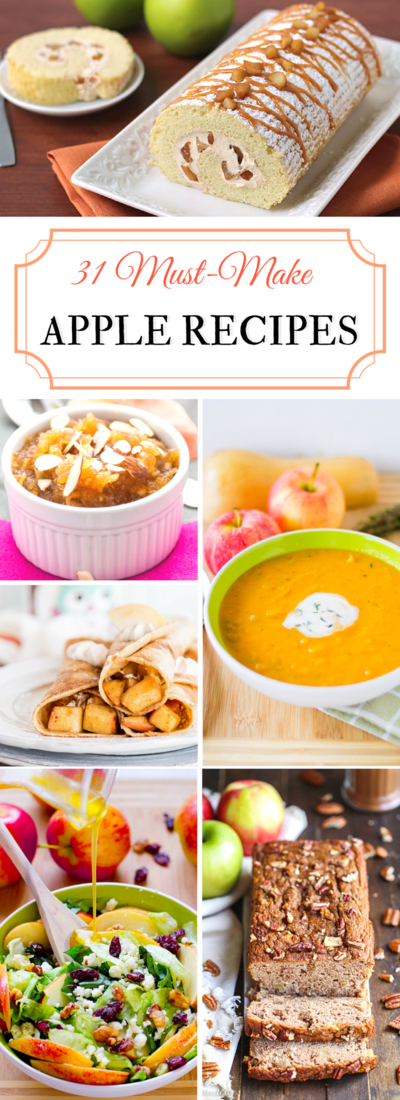
Seahorse Lifecycle and Facts – Activity Worksheet
Seahorses are incredibly fascinating creatures, which is why I thought this Seahorse Lifecycle activity worksheet for kids could be a great educational post to share this week.
Post may contain affiliate links as a service to readers. I receive a small commission via qualifying links.
Right now, we can all use every extra educational resource we can find. So, here’s a great little seahorse worksheet for you to share with your kids. These tiny swimmers are a natural marvel of the undersea environment. Have you ever seen one in an aquarium or up close while snorkelling or scuba diving? If so, I want to hear about it.

But First the Seahorse Facts
- There are about 40 known species of seahorses.
- Seahorse males carry the babies, as you will see below. In fact, they are the only species on earth where the male carries the babies.
- They live in coral reefs, mangroves and sheltered underwater environments that offer natural camouflage from predators.
- They have prehensile tails….(that means they can use their t ails like a limb, not unlike a monkey tail.) They use their tails to anchor themselves to sea grasses and coral. Also, these prehensile tails mean they can anchor themselves to things when a strong current comes by and they will not be swept away with the current.
- These adorable seahorse creatures often swim in pairs with tails intertwined. (isn’t that cute?)
- What’s the snout for? For eating, of course. Lengthy snouts allow them to suck up plankton and small crustaceans. Their snouts act as a vacuum cleaner.
Print Out This Seahorse Lifecycle Worksheet

Ten More Seahorse Facts:
7. They use the small fin on their back to propel themselves. It moves up to 35 times per second.
8. The lifespan of a seahorse can be 1 – 5 years.
9. Did you know that seahorses mate for life and are very monogamous? That’s a great new word for some of the kids to learn( which basically means mates for life and has one partner for life.)
10. I bet you din’t know that seahorses are fish. They live underwater, breathe through gills and have a sea bladder.
11. Baby seahorses are called seahorse fry. When my kids were small they had a great little book about animals and their babies and it talked about what every animal grouping is called. The coolest one of all was crows….did you know that a group of crows is called a murder. A murder of crows.

12. Eyesight of a seahorse is incredible.
13. There are about 54 species of seahorses worldwide.
14. A threatened species? Many people might not know that seahorses are under threat worldwide. Often seahorses and crabs are taken from the shallow waters where they swim and left to dry out then are made into souvenirs. Sometimes, they are also used in Chinese medicine.
15. Less than 1 in 1,000 born survive due to predators. …Are you into seahorses? Check out this adorable Seahorse print pillow.
16. These clever creatures change colour to match their surroundings and during courtship rituals.
Don’t Miss this Eric Carle Seahorse book for preschoolers. It is a classic picture book about fatherhood and of course it has the most amazing colourful illustrations.

What Do Seahorses Eat?
Plankton and small crustaceans are the foods of choice. Each seahorse can also consume unto 3,000 brine shrimp a day – those are the extremely tiny shrimp that come in those tiny little Sea Monkeys kits that people used to buy. We had one here once and it was actually fun for the kids to watch those tiny critters.
Looking for More Seahorse Facts?
Check out The Seahorse Trust for more educational and accurate facts about seahorses. You might also consider this – > Seahorses Book from Amazon.
To Download this seahorse lifecycle sheet for your use. Click on the link below.
This seahorse lifecycle activity sheet is copyright protected. Please do not republish on your site or take the illustration for commercial use. That’s illegal. I love providing these educational activities for you and your kids, but can’t do so if they are stolen and republished.



One Comment
elizabeth turnbull
I love your life cycle worksheet.